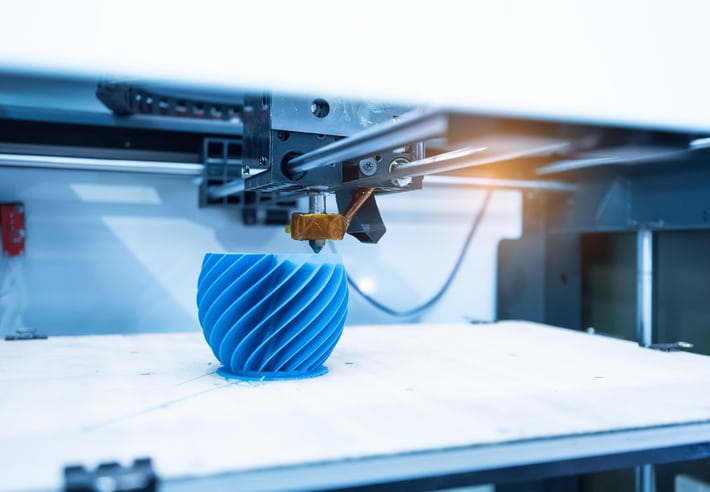Single-color 3D printing, also known as monochromatic 3D printing, is a type of additive manufacturing that uses a single material with a consistent color to create three-dimensional objects. The process typically involves the following steps:
- 3D Modeling: The first step is to create a digital 3D model of the object to be printed. This can be done using 3D modeling software or by scanning an existing object with a 3D scanner.
- Slicing: The 3D model is then sliced into thin horizontal layers using slicing software. This software generates a set of instructions (G-code) that guides the 3D printer on how to build each layer.
- Printing Preparation: The 3D printer is prepared for the printing process. This includes calibrating the printer, loading the printing material, and ensuring the print bed is level.
- Printing: The 3D printer begins the printing process by depositing the single-color printing material layer by layer. The material can be in the form of filament (common in Fused Deposition Modeling, or FDM) or resin (used in Stereolithography, or SLA, and Digital Light Processing, or DLP).
- Material Deposition: In FDM printers, a heated nozzle extrudes the molten filament, which is deposited layer by layer to build the object. In SLA and DLP printers, a UV light source is used to selectively cure the liquid resin layer by layer.
- Cooling and Solidification: After each layer is deposited, the material cools down or cures, solidifying to form the final part. This process continues until the entire object is completed.
- Post-Processing (Optional): Once the 3D printing process is complete, the printed object may require post-processing. This can involve removing any support structures, cleaning the object, and performing additional finishing steps to achieve the desired appearance and smoothness.
Single-color 3D printing is widely used in various industries for rapid prototyping, manufacturing functional parts, and creating artistic and decorative objects. While it lacks the visual complexity of full-color 3D printing, it remains a cost-effective and versatile method for producing single-color objects with high precision and accuracy.


